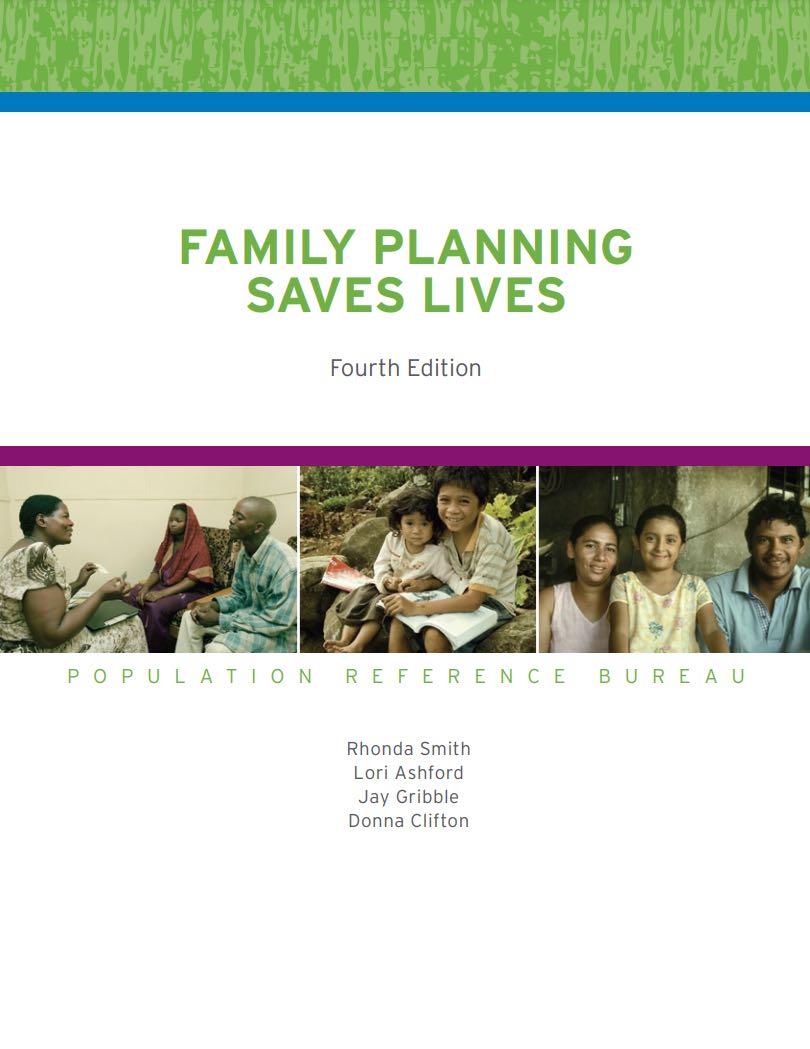
Family Planning Saves Lives
Other Languages and Materials
(March 2009) Family planning is a lifesaver for millions of women and children in developing countries according to a new report by the Population Reference Bureau. Family Planning Saves Lives, now in its fourth edition, has provided valuable information to policymakers, program planners, and journalists over the years on the health benefits of family planning. While the message has not changed, this new edition presents updated findings on the crucial role of family planning in improving the health of women, children, and adolescents around the world:
- Family planning could prevent up to one-third of all maternal deaths by allowing women to delay motherhood, space births, avoid unintended pregnancies, and unsafely performed abortions, and stop childbearing when they have reached their desired family size.
- Closely spaced births result in higher infant mortality: International survey data show that babies born less than two years after their next oldest brother or sister are twice as likely to die in the first year as those born after an interval of three years.
- Young women face higher risks of dying from pregnancy or childbirth: Women ages 15 to 19 are twice as likely to die from maternal causes as older women; many adolescents are physically immature, which increases their risks of suffering from obstetric complications.
- Family planning prevents abortions: An estimated 20 million unsafely performed abortions take place each year—resulting in 67,000 deaths annually, mostly in developing countries. Family planning can prevent many of these tragic deaths by reducing the number of unintended pregnancies that lead to abortions.
To better address the cost implications of investing in mothers and children, the report provides useful data on the cost-benefits of family planning programs. Long considered a “best buy” among health investments, family planning is even more important in today’s financially strapped environment. As countries grapple with recession and search for better ways to stretch limited budgets, family planning stands out as one of the most cost-effective, high-yield interventions available. At an average supply cost of US$1.55 per user annually, it offers a safe, affordable, and effective way for governments to reduce maternal and child illness and deaths, as well as reduce national health expenditures on reproductive and children’s health problems.
This latest edition also includes new information on how family planning reduces the rate of new HIV infections and deaths from AIDS as well as a “Special Focus” section on the challenges of repositioning family planning in sub-Saharan Africa, where programs have languished in many countries over the last decade.
Rhonda Smith is associate vice president of International Programs; Lori Ashford was program director, Policy Communications; Jay Gribble is vice president of International Programs; and Donna Clifton is a communications specialist at the Population Reference Bureau.

 ">
">